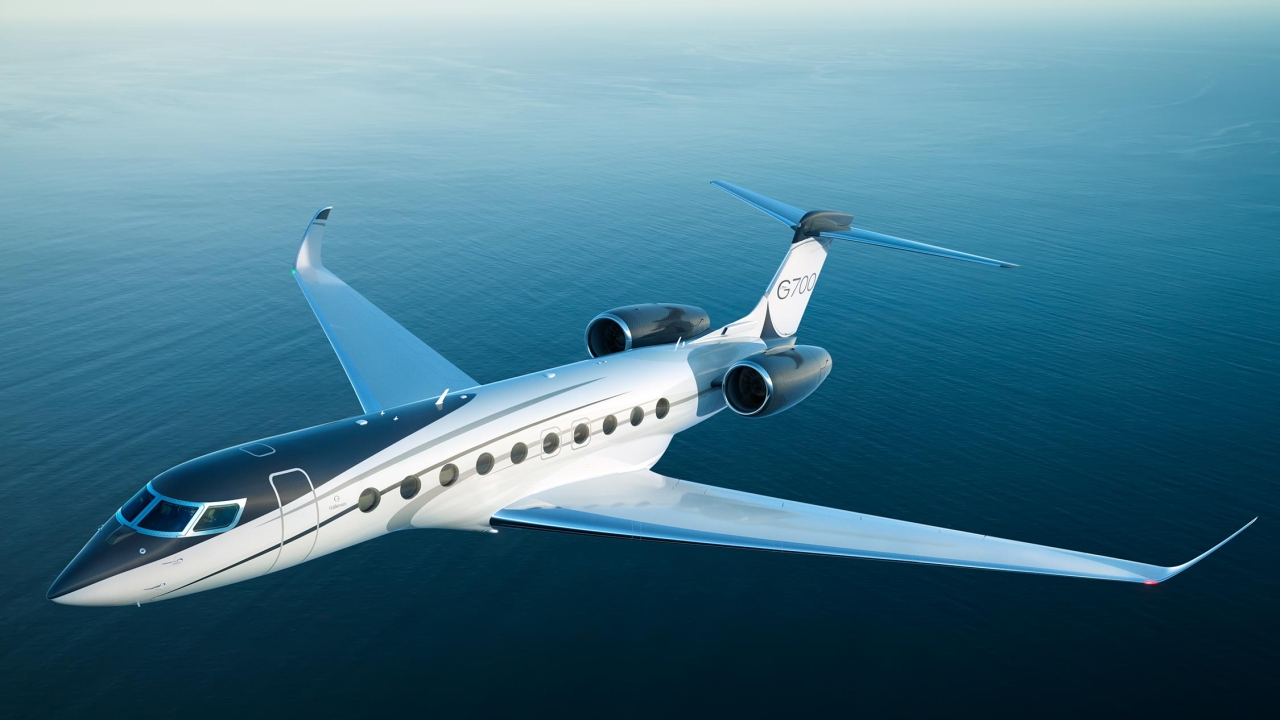Safety experts agree – humans are the weakest link!

Speakers included aviation analyst and author John Nance on crew resource management, Sean Roberts of the US National Test Pilot School on advanced aerodynamics, Dr Tony Kern on human factors and NASA sleep expert Dr Mark Rosekind.
With modern technology, the chances of a mechanical fault or engineering error have dropped and many incidents and accidents can now be traced to someone along the line making a mistake.
Nance believes the way pilots are trained needs to be changed, saying: “We have an illusion of knowledge; we think we have safe operations. But do we know why these operations are safe?”
Nance points out that the most dangerous phrase in aviation is ‘this is the way we’ve always done it’, and that an absence of accidents is not proof of safety.
“Humans cannot be perfect all the time,” he warns, calling for a cultural change in the way safety and training is approached. “It is easy to forget what we were doing 20 years ago,” he says. “Presently we are failing in two ways – systematically and individually.”
Avoiding failure is something in which Tony Kern specialises, especially with regard to human factors. He points out that while errors can happen, most can be controlled.
According to Kern, error control is personal. He asks: “Why do good people make mistakes after good training? The only way we can reduce the accident rate is through personal betterment. This war on error can only be won one aviator at a time.
“We are our own worst enemies… statistically,” he says, adding that a single act of non-compliance can kill any safety environment.
He also calls for pilots to reflect on themselves. “Until we can be brutally honest with ourselves, then we can’t look at others,” he points out.
Sean Roberts explained the differences for stall testing and characteristics under FAR Part 23 and Part 25 aircraft certification but, more to the point, he critiqued the FAA’s stall recovery methodology, which involves applying maximum thrust or power at the stall warning to maintain attitude and accelerate away.
He describes this method as: “Training you to die.”
The dangers of adding power at a high angle of attack in a single-engine propeller aircraft include a nose pitch-up moment and yawing moment, which he describes as the classic moments required for entering a spin.
With thousands of hours of experience as a test pilot he explains that about 5-6,000ft is all that is required to recover from a stall in a business jet at 41,000ft.
Mark Rosekind reveals that sleep deprivation and fatigue play an important role in how humans operate, especially when using technology.
An example is the Exxon Valdez oil tanker running aground on a well-charted reef. The captain retired to his cabin and left the third mate and an able seaman on the bridge. “Head to Alaska, then turn left… Missed the left!” says Rosekind.
The accident investigation blamed fatigue for one of the worst oil spill disasters.
Sleep loss affects performance. Attention lapses increase by 500%; lethargy increases by 50%; vigilance decreases by 75% and microsleeps, lasting from a few seconds to several minutes, can occur.
Two hours of sleep loss affects performance the same as drinking a litre of beer. Six hours of sleep loss is akin to drinking 2.6 litres of beer – for most people that would be co considered drunk.
Stay up to date
Subscribe to the free Times Aerospace newsletter and receive the latest content every week. We'll never share your email address.

